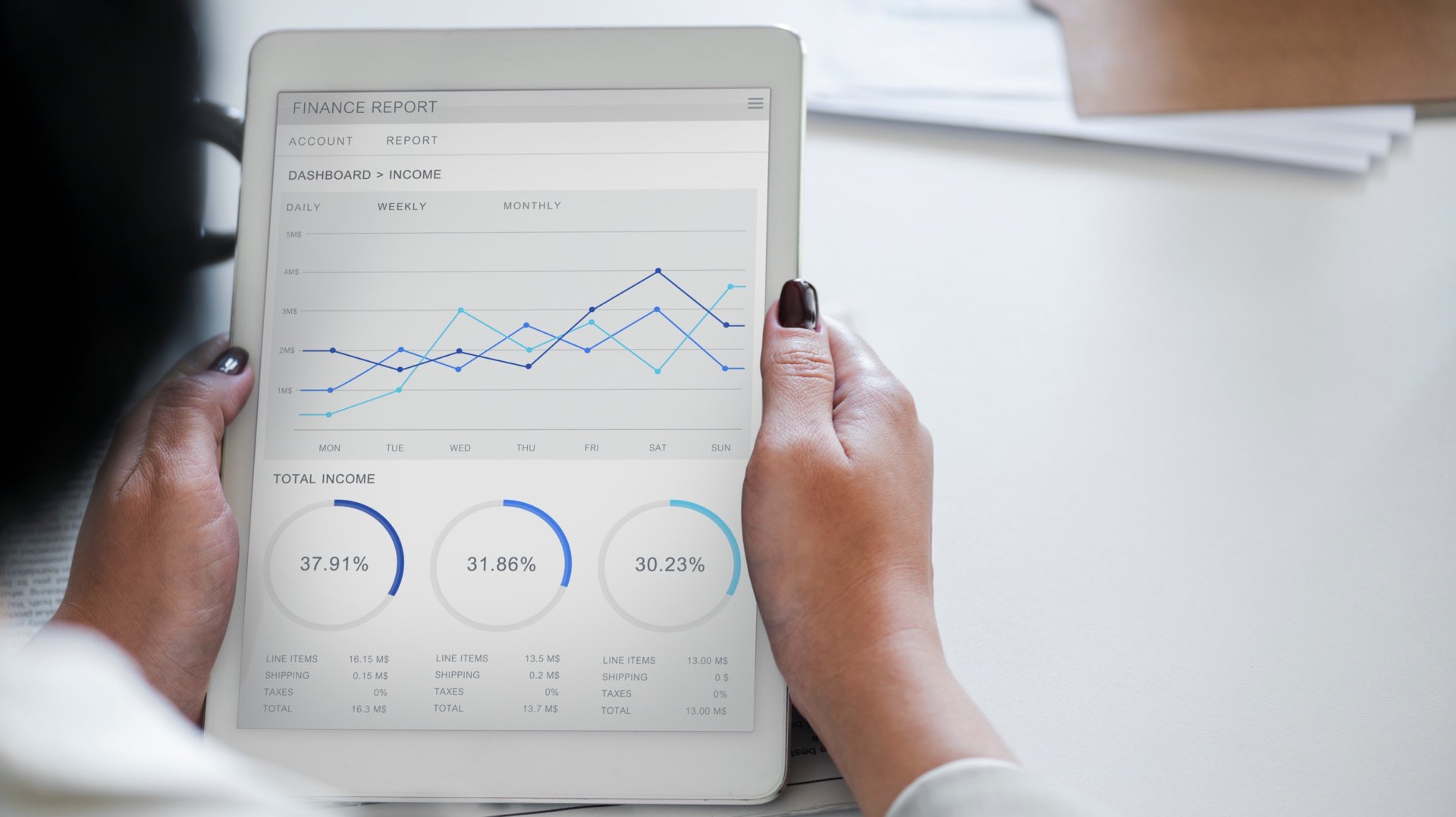
Why You Need To Consider A Digital Annual Report
With the end of financial year growing ever closer, so to is the deadline for putting together the company’s annual report.
Putting together an annual report can be a daunting and time consuming task even at the best of times, and even if you succeed in creating a comprehensive report, there’s the added pressure of making sure it is read and well received by your stakeholders, and moreover, shared with others.
To help minimise this anxiety, digital annual reports are becoming more and more popular, casting a shadow over their old print counterparts. But if you’re yet to try this format, you may be feeling some hesitation: won’t it take longer to design and develop? Is it even worth investing in when most people don’t spend long reading reports anyway?
Well keep reading, because we’re going to look into the five key reasons why you need to consider a digital annual report this year.
A digital annual report will set you up for the long term
When first considering a digital annual report, the time (and cost) to design and develop the report can be a put off. However, with the number of powerful, user friendly content management systems available today, like WordPress and Drupal, once the format of the report has been professionally developed, adding and editing content is easy and efficient. Ultimately this gives a leg up on printed reports, by making revisions a minor task without resulting in a new print run with endless rounds of changes (think of all the trees you’ll save!). You have the choice to retain the same template from previous reports, archiving the old and swapping out the previous year’s content with new data, or even customise reports with new content blocks. The bottom line – the set up may cost more at the start, but you’ll be saving a lot of money and time than if you were designing and printing reports year on year.
Make an impact with dynamic content
This one’s probably the most obvious one-up digital reports have on print. In a printed report, you are limited to text and images alone, and depending on your budget, that may mean black and white images only. When it comes to digital, it’s more than just full colour at your disposal – you’ve got a range of dynamic content types to play with as well. By using video, audio, animation, and HTML5 elements just to name a few, you are increasing your chances of engaging your readers and keeping them moving through the report.
Be found online (SEO)
As we mentioned earlier, creating the report is half the battle; having a vast variety of stakeholders read your report is another. So just how does a digital annual report help improve your chances of spreading the word? Firstly, you can improve your annual report’s findability by targeting keywords within the report that are likely to drive quality traffic. Secondly you can look at the kinds of keywords that are driving audiences to your report via tools such as Google Search Console, and tailor your content to better answer important search terms and questions, improving the reader experience.
Aside from organic traffic, you can help build referral traffic to your annual report by targeting relevant affiliate sites and news publications to gain backlinks. The more backlinks your report has, the greater the likelihood of being found. One of the easiest backlinks you can get is by simply linking to your annual report from your corporate website; most tick this box then fail to go further – we urge you to do the opposite. Finally, share links to your report via your database through email marketing or via your social media channels for an additional boost.
Greater accessibility
Now that you’ve broadened your net of potential readers, you’ll want to ensure that your annual report is accessible for all to consume. Regardless of whether a user may have a physical challenge such as a visual impairment, making your annual report accessible for all is good business sense. Examples of improved accessibility for a digital annual report include screen readers as well as having the ability to increase text size to allow for visually impaired users to also engage with the content. In contrast, a printed document doesn’t allow for this kind of increased accessibility.
Measure engagement from your digital annual report
Now that you’ve created a digital annual report, you can be confident knowing that you’ve created something that is future proofed, low cost (in the long term), and is likely to drive stronger engagement across a large audience. But how can you prove that? You might have gone out on a limb to get a digital annual report over the line, but now you can back up the decision with hard data via audience tracking. By applying Google Analytics, or similar tracking to your digital annual report you can map out how readers are reaching your report, how long they read it for, what pages were the most important to them and if there was anything that wasn’t effective. By capturing this information, you are improving your chances of creating more engaging reports, and targeting the right channels for growing your readership into the future as well.
At JSAcreative, we’ve created a number of digital annual reports including the Evaluation report for the Gold Coast 2018 Commonwealth Games Legacy Program, and the 12th LBG Annual Review of Community Investment. If you’d like help creating a vibrant, engaging digital annual report, get in touch with us today.